Asus PN51 MiniPC review: An affordable miniature marvel
Small but mighty, the new Asus PN51 is one of the best mini PCs available
-
+
Impressive multi-core performance
-
+
Wide selection of ports
-
+
Cool and quiet even under stress
-
+
Good value in barebones form
-
-
No discrete graphics option

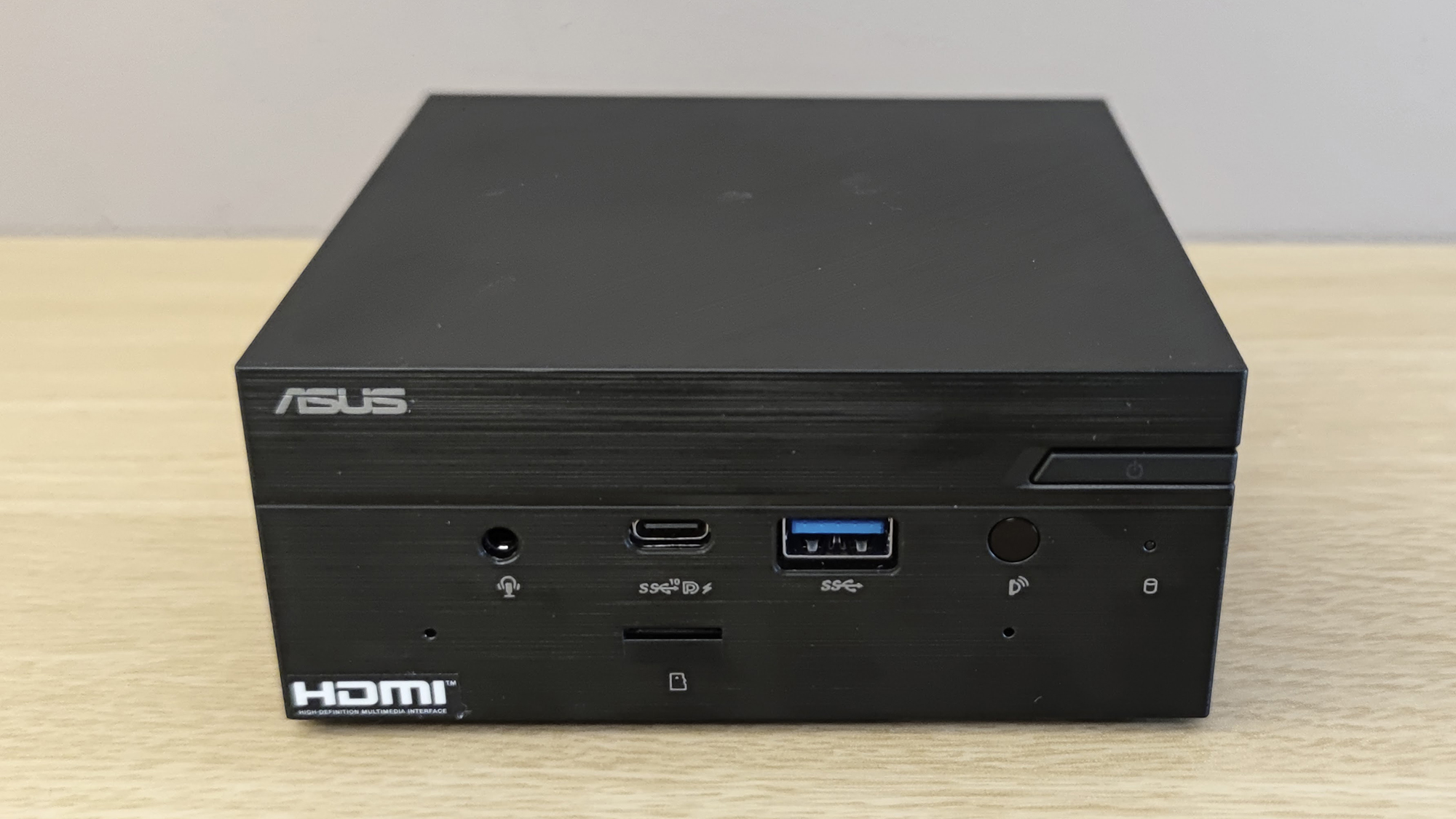
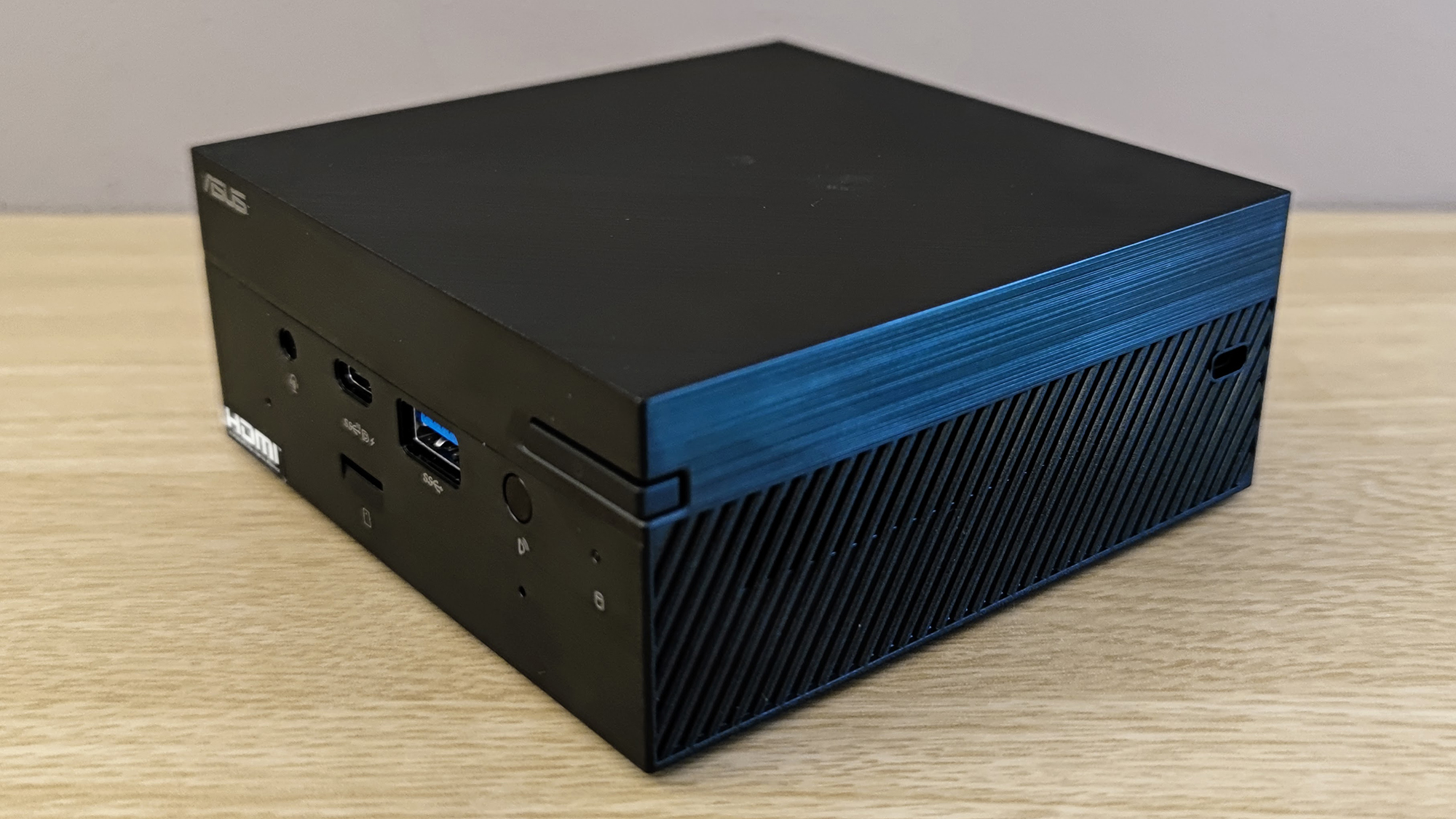
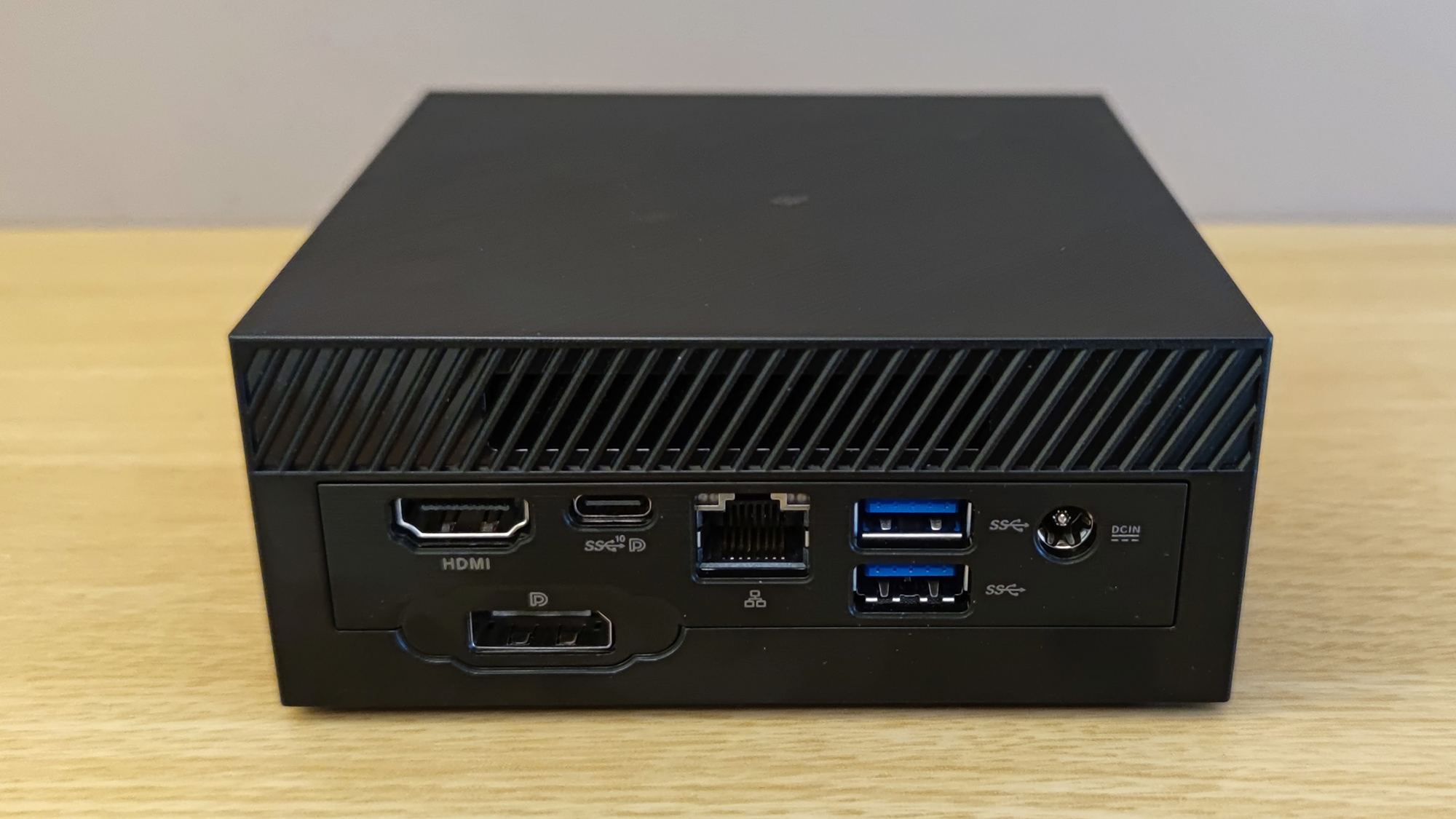
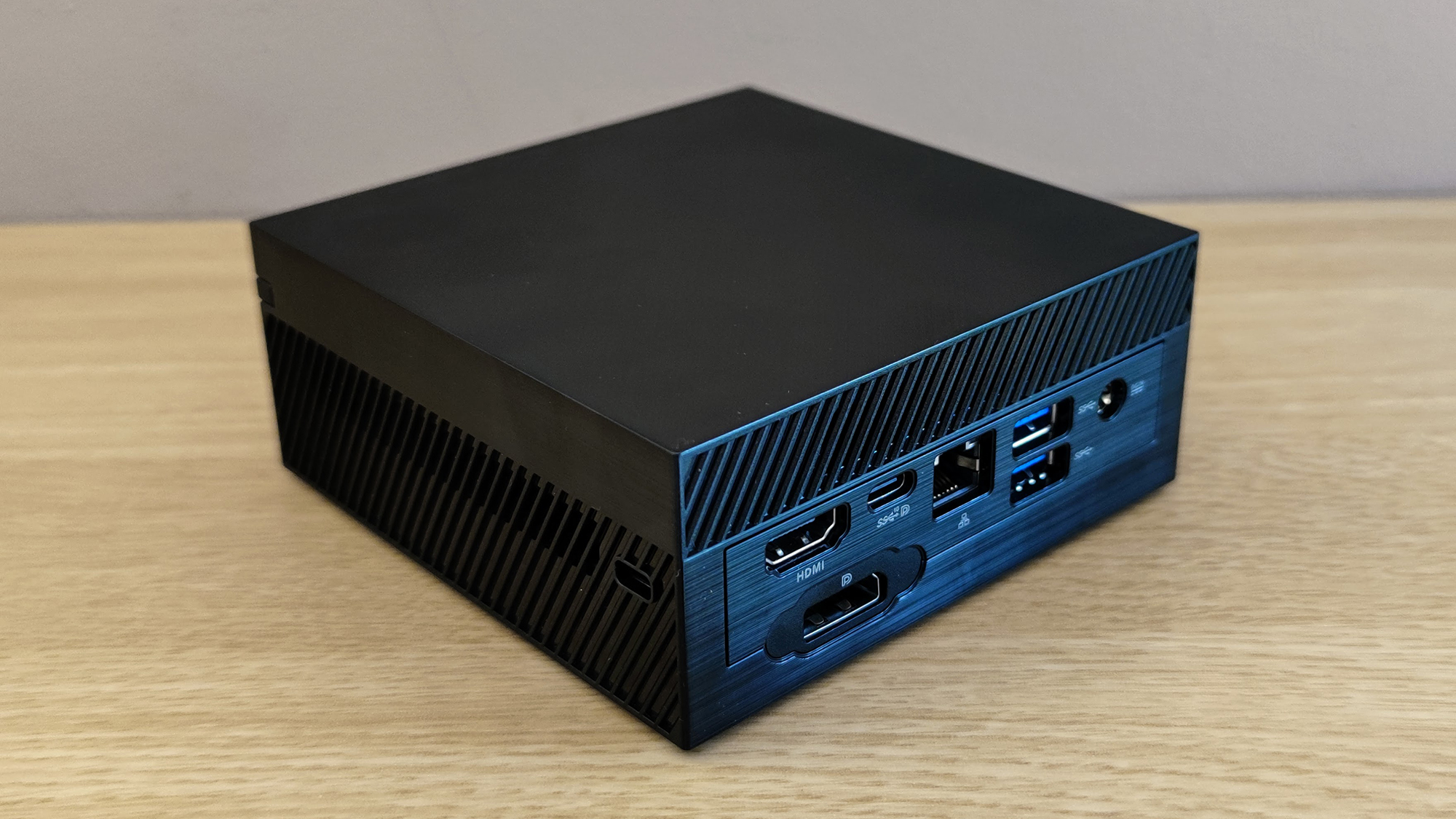
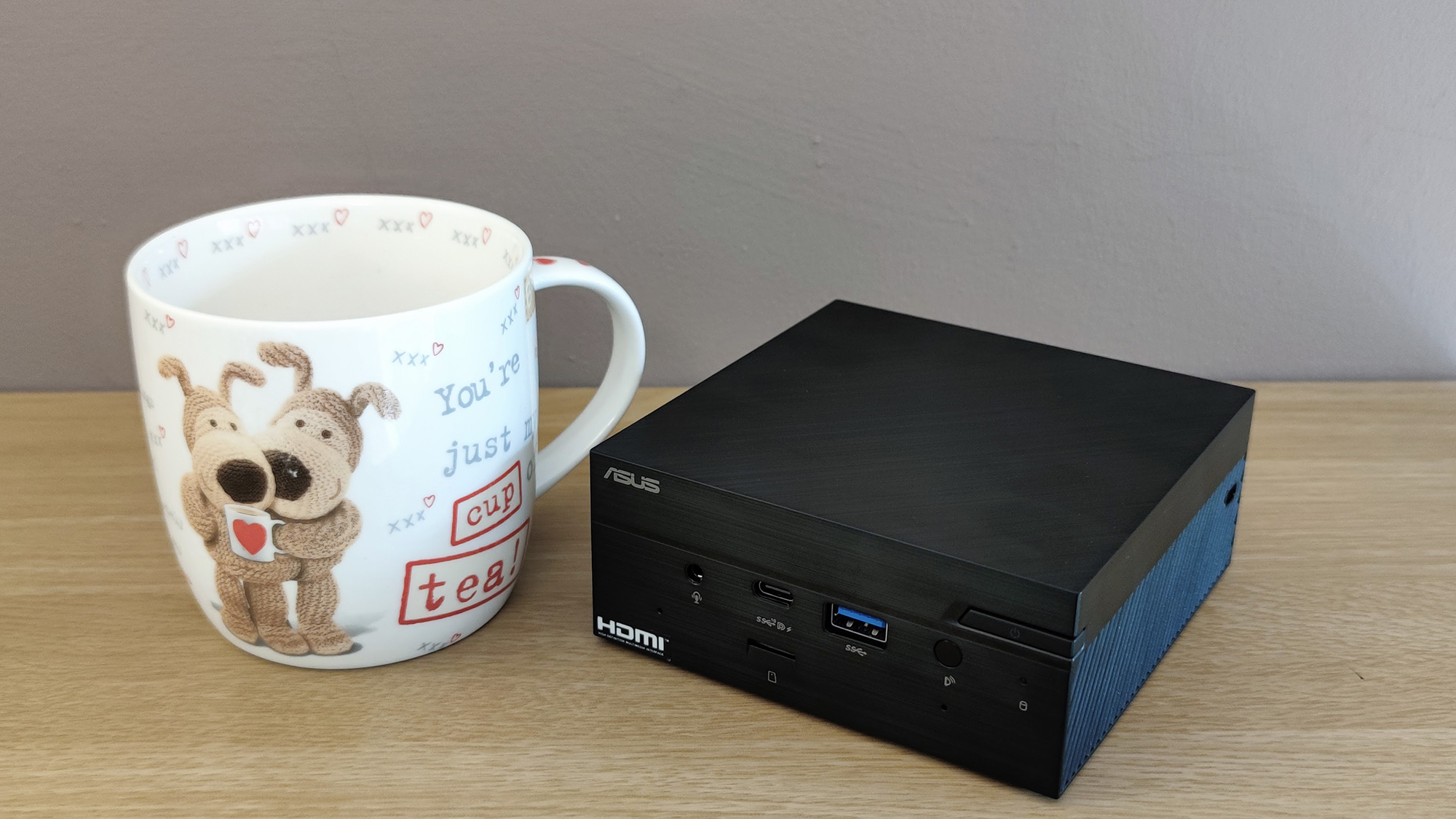
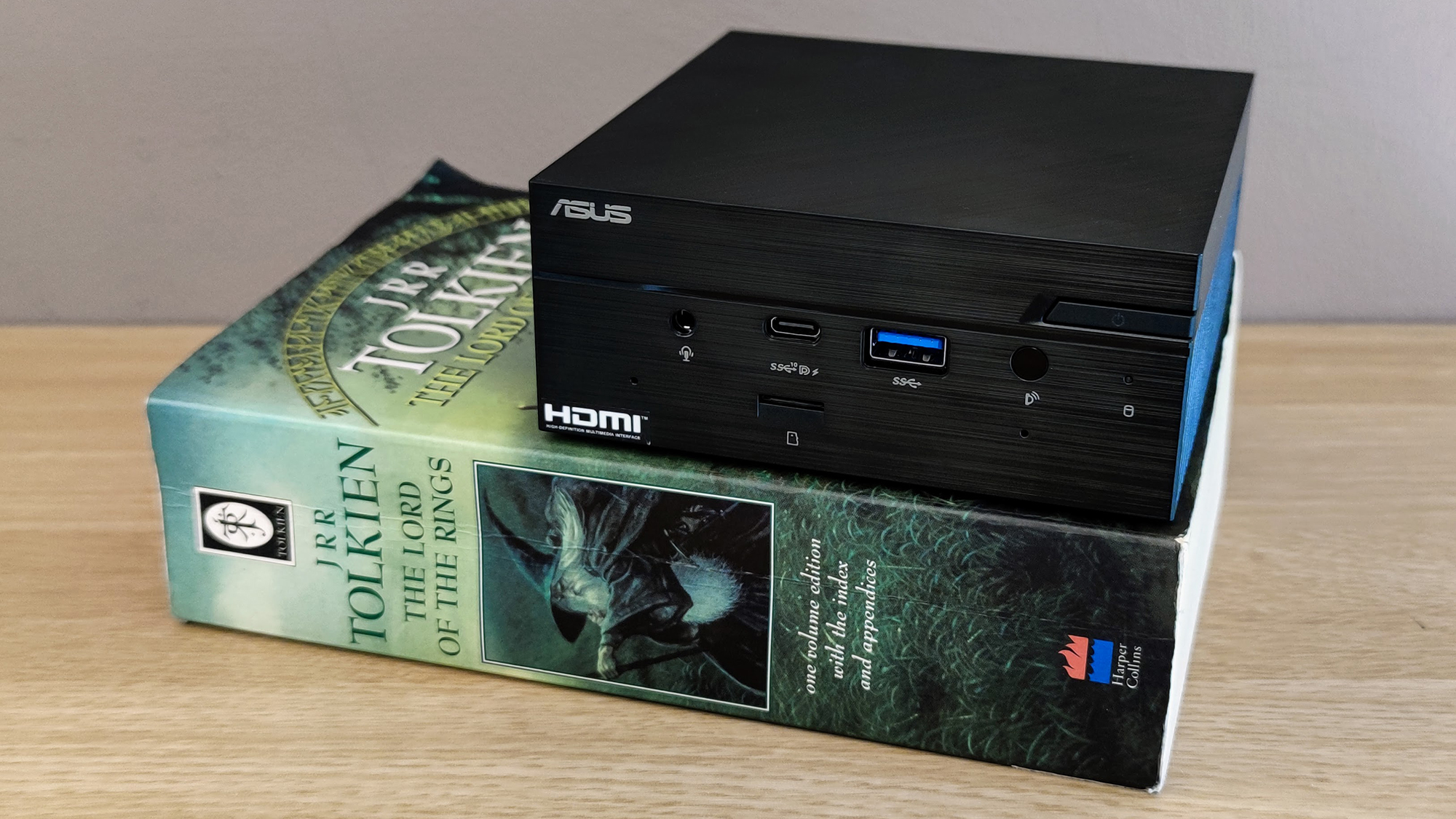
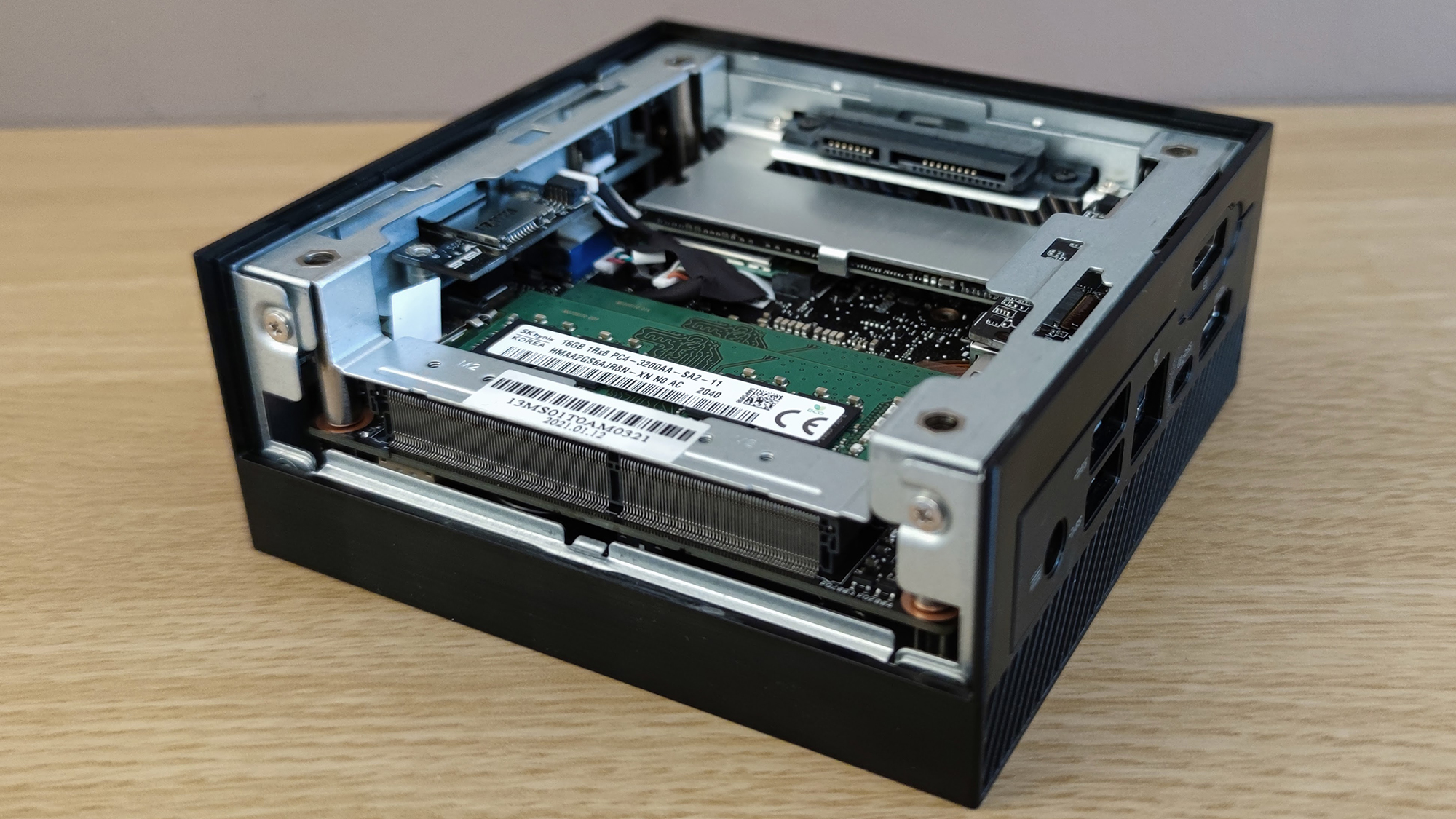
Ask people to name something good that comes in a small package and you’ll probably get some obvious answers: Kylie Minogue, the Mini Cooper, Yorkshire Terriers. You might not automatically consider adding Asus’ latest mini PC, the PN51, to that list but the case could be made.
Itsy-bitsy computers are quite the rage at the moment. Intel's NUC machines such as the NUC 11 Pro are typical examples of the breed while Apple's Mac mini and the Raspberry Pi 400 give you alternatives to Windows but still offer the same compact size and performance that belies their price.
Due to go on general sale in July, the PN51 will be available in three barebones formats based around the Ryzen 3 5300U, Ryzen 5 5500U and Ryzen 7 5700U processors with MSRPs (exc VAT) of £250, £292 and £333 respectively. These machines will ship with a 2.5Gb/sec Ethernet port rather than the 1Gb/sec port fitted to our review unit, though there will be an initial batch of pre-configured Amazon-exclusive machines which will also use the 1G adapter.
The Amazon version will go on sale on 1 June for £791 fitted with a 1TB Western Digital SN730 NVMe SSD, two 16GB SK Hynix RAM modules and Windows 10 Home already installed. Fully configured machines may ship into general retail channels at a later date; blame the current semiconductor shortage for this vagueness.
The barebones version of the PN51 looks like a good value option, considering you can pick up a decent 1TB NVMe SSD and a couple of 16GB RAM modules for around £300. That only takes you up to the price of the cheapest, 256GB/8GB M1 Mac mini. A barebones i7-1185G7-based NUC 11 Pro, for comparison, will set you back £435 exc VAT.
Asus PN51: Design
The PN51 is physically identical to the PN50. Short of flipping it over and checking the code number you can’t tell the difference. So once again it’s a smart and solid (albeit plastic) black box, with a wide array of ports on the front and back, and an easily removable panel that gives access to the two RAM slots, SSD mount and the housing for a 2.5in HDD.

Mini the PN51 certainly is. At 115 x 115 x 49mm and 470g it weighs about the same as a paperback copy of The Lord of the Rings (with full appendices, obviously) but is only half the size. To make finding a home for it that bit easier, Asus bundles a VESA mount so you can attach it to the back of a TV or monitor. As expected, there’s a Kensington lock to prevent it from being pinched.
Asus PN51: Hardware and performance
The differences between the PN51 and PN50 are easy enough to summarise. The processor is now an AMD Ryzen 7 5700U rather than a 4800U. The octa-core 16-thread 5700U still uses the same basic Zen2 architecture as the 4800U, rather than the more modern Zen3 used in the 5800U, but the memory controller has been updated and while the base clock speed remains the same at 1.8GHz, the maximum boost speed has been increased by 100Hz to 4.3GHz. You can also fit a larger SSD - the maximum 512GB in the PN50 has been increased to 1TB. Finally, the integrated Radeon GPU now has a core clock speed of 1.9GHz rather than 1.75GHz.
While the Ryzen 4800U processor in the Asus PN50 was a very impressive performer, the 5700U in the PN51 is just that bit better. Across the board, we saw an average 13% improvement in performance, with the 5700U scoring 240 points in our in-house benchmark compared to 213 for the 4800U.
That’s a remarkable performance for a mobile processor in this price range and is the main reason that AMD is currently beating Intel up in the school playground and running off with its lunch money.
For context, the same benchmark returns scores of around 120 points when running on systems built around Intel's Core i7-1165G7 quad-core processor. Like the 5700U, the 1165G7 is a processor designed for thin notebooks and ultrabooks so the comparison is valid. Consider too that the PN51 also has the octa-core M1-powered Mac mini beaten by 17 points.

Comparing the 5700U to the i7-1165G7 using GeekBench 5 tells a similar story. Intel has AMD beaten in single-core performance by 1,560 points to 1,185 but in multi-core performance, the AMD chip stomps the i7 into the dirt by 6,524 to 5,399.
In everyday use, the difference in single-core performance will go largely unnoticed but if you decide to edit some high-resolution images or 4K video, then the multi-core ability of the AMD chip will shine through.
The integrated Radeon RX GPU isn’t powerful enough to make the PN51 proper gaming or VR machine but it is still reasonably capable, returning a 3D Mark Fire Strike score of 3,472. Running Doom at 1920 x 1080 saw an average of 34fps. Not great but playable. Reducing the resolution to 1280 x 720 saw that jump to 57fps. Wolfenstein: Youngblood returned very similar results. Those results mean the PN51 should be able to deal with reasonably intense graphic workloads without grinding to a halt.
The PN51’s performance hasn’t come at the expense of heat or economy. Asus boasts of a power draw of 9W at idle which wasn’t far from our test result average of 10.2W over the course of two hours. When running high-intensity software, the PN51 drew an indicated maximum of 49W. Even under stress the casing never became more than slightly warm to the touch and the fans were impressively quiet. The quoted noise levels 21.9dB at idle and 34.7dB with the fans at full chat tallied with the results from our sound monitor.
Incidentally, the Western Digital SSD (connected via a PCIe 3.0 interface) proved to be a rather quick beast, returning sequential read and write speeds of 2,230MB/sec and 2,415MB/sec respectively.
Asus PN51: Ports and features

Despite its Lilliputian dimensions, the PN51 is very well endowed with connectors. On the front, alongside the power button, you‘ll find a 3.5mm audio jack, a USB 3.2 Gen 1 port, a USB 3.2 Gen 2 Type-C port that also supports DisplayPort 1.4, and a MicroSD card reader.
There are also two microphones and an infrared sensor in the front panel to support third-party remote controls. Most desktop PCs don’t include these capabilities without requiring an extra bit of kit, so having them built-in is a nice touch.
Around the back you’ll find another USB 3.2 Gen 2 Type-C port again with DisplayPort 1.4, two more USB 3.2 Gen 1 ports, an RJ45 1Gb Ethernet LAN connector and a configurable legacy socket. You can specify this as either a VGA, DisplayPort, COM or LAN connector at the time of purchase. An HDMI and DC-in plug round things out.
As the keen-eyed will have noticed, that gives the PN51 the potential to drive four 4K displays at once. Running multiple screens in a retail, commercial or corporate environment is one of the PN51’s raison d’etres. Unsurprisingly given the absence of an Intel chipset, there's no support for Thunderbolt protocols.
Wireless communications - WiFi 6 and Bluetooth 5.0 - are handled by Intel’s ubiquitous and reliable AX200 2x2 network card.
Asus PN51: Verdict
Asus has squeezed plenty of performance and features into a very small box and isn’t asking much money for it. The Ryzen 7 chipset delivers terrific performance for the price while the abundance of upgrade options and connectors makes it supremely versatile. That it runs cool, quiet and economically should further endear it to business and corporate users and guarantee it a home in many an office, boardroom and customer-facing environment. The pre-configured Amazon version is a little expensive but in barebones form, it deserves a firm recommendation.
Asus PN51 specifications
| Processor | 8-core 1.8GHz/4.3GHz AMD Ryzen 7 5700U processor |
| RAM | 32GB (2 x 16GB SODIMM sockets) 3,200MHZ DDR4. Maximum 64GB |
| Graphics adapter | Integrated Radeon RX Vega 8 |
| Storage | 1TB NVMe SSD |
| Storage expansion | 2.5in HDD, MicroSD card. |
| Graphics outputs | 2 x USB-C 3.2 Gen 2, HDMI 2.0 |
| Other ports | Gigabit Ethernet, 3 x USB-A 3.2 Gen 1, 3.5mm audio jack, 1x configurable port (for COM, VGA, LAN or DisplayPort 1.4. Configured at purchase.) |
| Wireless | Wi-Fi 6 & Bluetooth 5 |
| Dimensions | 115 x 115 x 49mm |
| Weight | 470g |
| Operating System | Windows 10 Home |
Get the ITPro daily newsletter
Sign up today and you will receive a free copy of our Future Focus 2025 report - the leading guidance on AI, cybersecurity and other IT challenges as per 700+ senior executives
Over the years, Alun has written freelance for several online publications on subjects ranging from mobile phones to digital audio equipment and PCs and from electric cars to industrial heritage. Before becoming a technology writer, he worked at Sony Music for 15 years. Quite what either occupation has to do with the degree in Early Medieval History he read at the University of Leeds is a bit of a grey area. A native of Scotland but an adopted Mancunian, Alun divides his time between writing, listening to live music, dreaming of the glens and dealing with an unhinged Norwegian Elkhound. For ITPro, Alun reviews laptops and PCs from brands such as Acer, Asus, Lenovo, Dell and HP.
-
 ‘Phishing kits are a force multiplier': Cheap cyber crime kits can be bought on the dark web for less than $25 – and experts warn it’s lowering the barrier of entry for amateur hackers
‘Phishing kits are a force multiplier': Cheap cyber crime kits can be bought on the dark web for less than $25 – and experts warn it’s lowering the barrier of entry for amateur hackersNews Research from NordVPN shows phishing kits are now widely available on the dark web and via messaging apps like Telegram, and are often selling for less than $25.
By Emma Woollacott Published
-
 Redis unveils new tools for developers working on AI applications
Redis unveils new tools for developers working on AI applicationsNews Redis has announced new tools aimed at making it easier for AI developers to build applications and optimize large language model (LLM) outputs.
By Ross Kelly Published
-
 Google layoffs continue with "hundreds" cut from Chrome, Android, and Pixel teams
Google layoffs continue with "hundreds" cut from Chrome, Android, and Pixel teamsNews The tech giant's efficiency drive enters a third year with devices teams the latest target
By Bobby Hellard Published